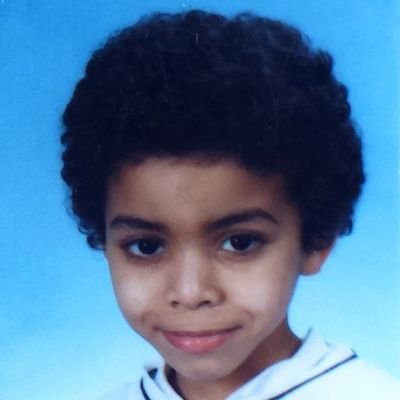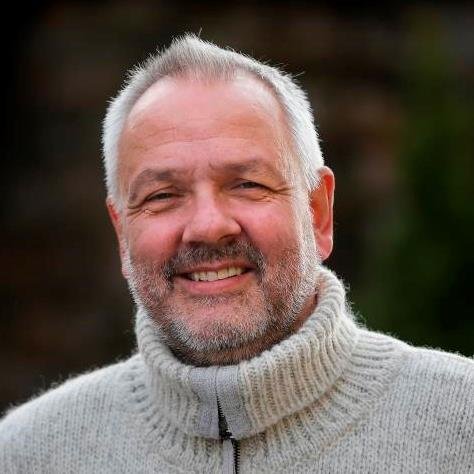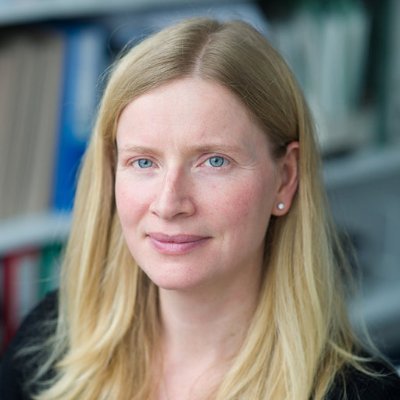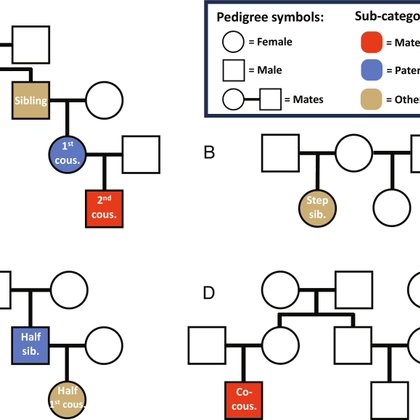
Eivind Ystrøm
@EivindY
Followers
802
Following
2K
Media
14
Statuses
928
Professor, UiO. Associate Editor @TheJCPPadvances. PI Neighbourhood Genetics @PromentaC. PI of ERC GeoGen, @forskningsradet ELiSE, and partner @ESSGNetwork
Professor of Psychology
Joined October 2012
.@acamh wants to express our gratitude to every single reviewer from 2024 for their invaluable contributions to @TheJCPP, @TheCAMH and @TheJCPPadvances and the wider academic community as a whole. https://t.co/rM1N7pBC6M
@WileyPsychology #PsychTwitter
acamh.org
ACAMH wants to express our gratitude to every single reviewer from 2024 for their invaluable contributions to the JCPP, the CAMH journal and JCPP Advances, and the wider academic community as a...
0
1
2
Two birds of a gene - catch Matt Keller's webinar at @UniOslo on October 15th. Please share https://t.co/54txyET0fN
@ESSGNetwork
sv.uio.no
Guest lecture by Matt Keller
1
0
1
The largest study on late life virginity, based on > 400k individuals, out now in @PNASNews Open access link: https://t.co/v9FsYzaOqg Shoutout to shared first author @laurawesseldijk ❤️ Thread below 👇🏽
21
110
664
@AlecLuhn @ikhurshudyan What also got you out, I guess, was the hundred rescuers (mostly volunteers), dogs and helicopters that were searching for you during terrible weather and in the end fortunately located you and air-lifted you to hospital.
3
1
11
Delighted to be hiring a new Clinical Psychology Lecturer to come and join our vibrant environment @SGDPCentreKCL @KingsIoPPN @KingsCollegeLon Please retweet! https://t.co/LHiK7lgExV
0
11
15
13/🧵 We’ve made our correlation data publicly available so other researchers can fit and evaluate alternative models. We hope this contributes to a more nuanced understanding of why relatives resemble each other on socially relevant outcomes.
1
0
12
12/🧵 The models particularly underestimated similarity between monozygotic twins, maternal relatives, relatives-in-law, and relatives through adoption - suggesting additional mechanisms beyond additive genetics are at play.
1
0
11
11/🧵 Technical detail: We fitted models based on Fisher’s work, which assumes family resemblance arises solely from additive genetic effects and assortative mating. These models describe much of our data well but systematically underestimate similarity for certain relatives.
1
0
9
10/🧵 We used Norwegian national standardized tests that measure ‘fundamental abilities in reading, math and English that are important for learning across all subjects’.
1
0
7
9/🧵 The correlations between relatives decrease as they become more distant, but at a slower rate than would be expected under random mating. This pattern is consistent with substantial assortative mating on traits related to educational performance.
1
0
14
8/🧵 Our findings challenge both extreme positions in the nature-nurture debate: they contradict claims that family resemblance is entirely genetic, but also refute suggestions that genetics play only a minimal role in educational outcomes.
1
1
24
7/🧵 When we included relatives-in-law in our models, heritability estimates dropped from 0.80 to 0.50, while the estimated genetic correlation between partners increased from 0.23 to 0.43.
1
1
9
6/🧵 Adoptive siblings showed correlations of ~0.15, much lower than biological siblings (~0.50) but still significant. This provides clear evidence for familial environmental contributions to educational outcomes.
1
0
16
5/🧵 Interesting pattern: Maternal relatives (sharing the same mother) consistently showed higher correlations than paternal relatives. This was most pronounced for half-siblings but also appeared in cousins, suggesting maternal environmental effects.
2
0
15
4/🧵 Monozygotic twins showed remarkably high correlations (~0.85) compared to dizygotic twins and siblings (~0.50), suggesting nonadditive genetic effects or gene-environment interplay beyond what simple additive genetic models predict.
1
0
14
3/🧵 Key finding: Purely genetic models (with assortative mating) explain biological relatives well (R²=0.99) but fail when including relatives-in-law (R²=0.87). This suggests environmental factors also play an important role in educational outcomes.
1
0
14
2/🧵 He identified 82 different categories of relatives - not just siblings and cousins, but also relatives-in-law, adoptive relatives, and relatives connected through twins. This dataset allowed us to test whether family resemblance is due to genetics.
1
0
11
1/🧵 Even more nature-nurture for school performance in @PNASNews! Nikolai Eftedal examined family resemblance in school performance in nearly 1 million students across their Norwegian relatives.
pnas.org
We investigate the hypothesis that family resemblance on school performance can be fully explained by additive genetic effects and assortative mati...
4
28
111







